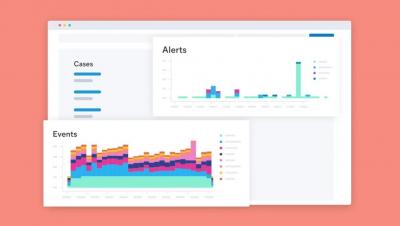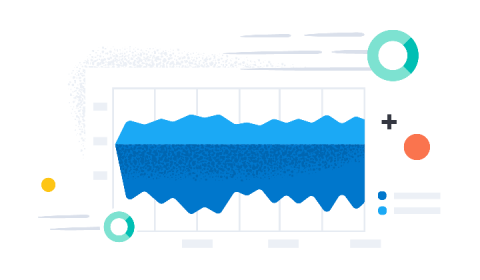How InfluxDB Helps Retail Organizations Prepare for the Cyber Five Weekend
The five-day period from Thanksgiving to Cyber Monday is known as the Cyber Five Weekend (also known as Cyber 5). Forbes estimates that people spent $3.7 billion on Thanksgiving Day in 2018. They approximate that over 165 million people shopped over the entire weekend. This is a 16.5% increase year over year. On Black Friday, people spent $6.2 billion online, with a 23.6% year-over-year growth.








